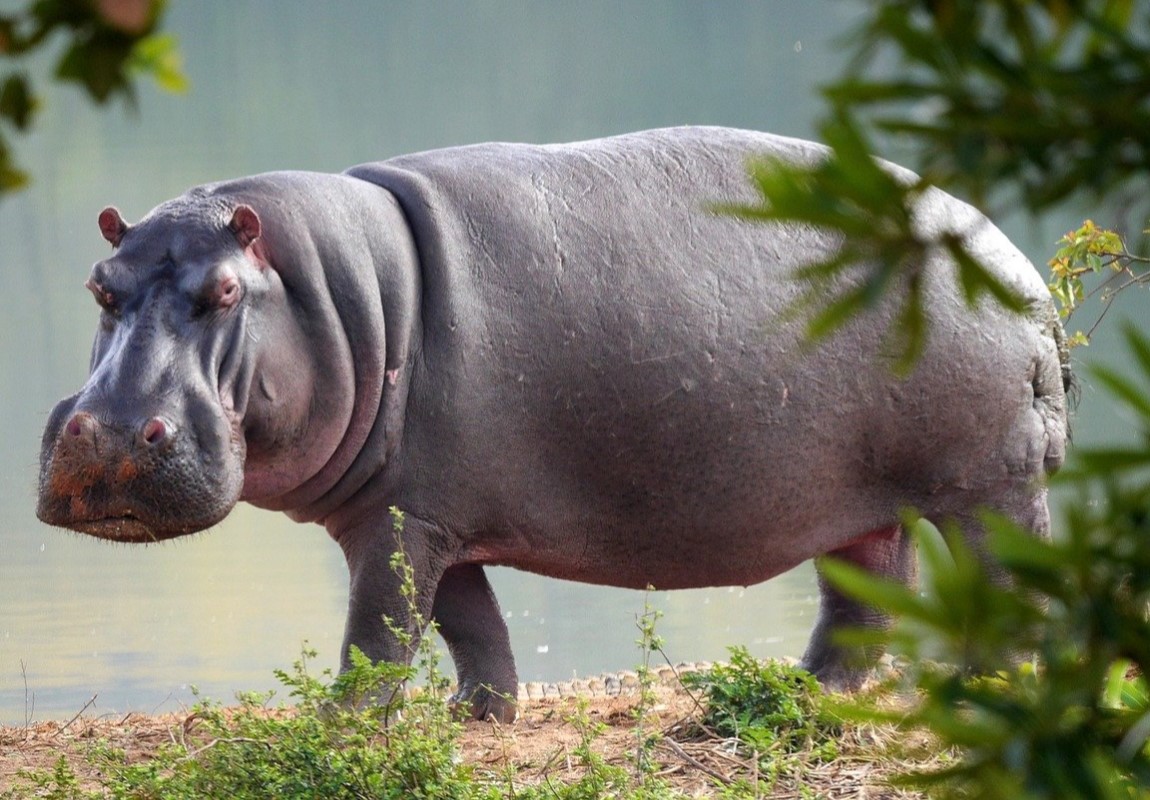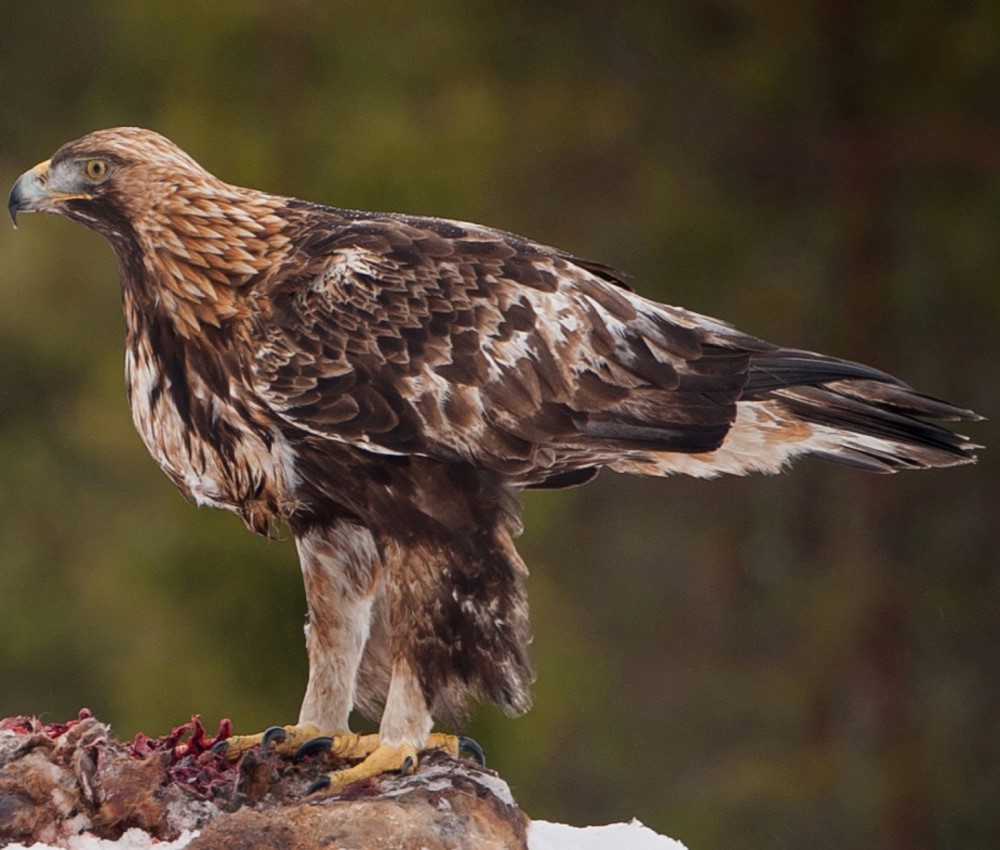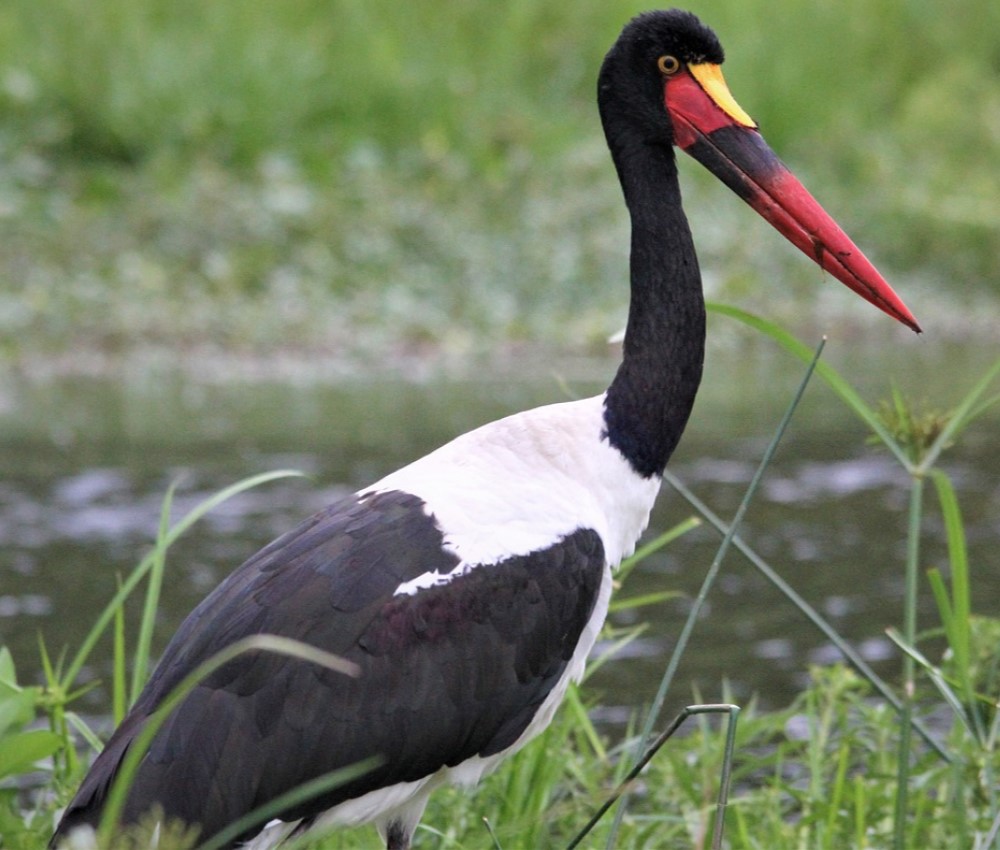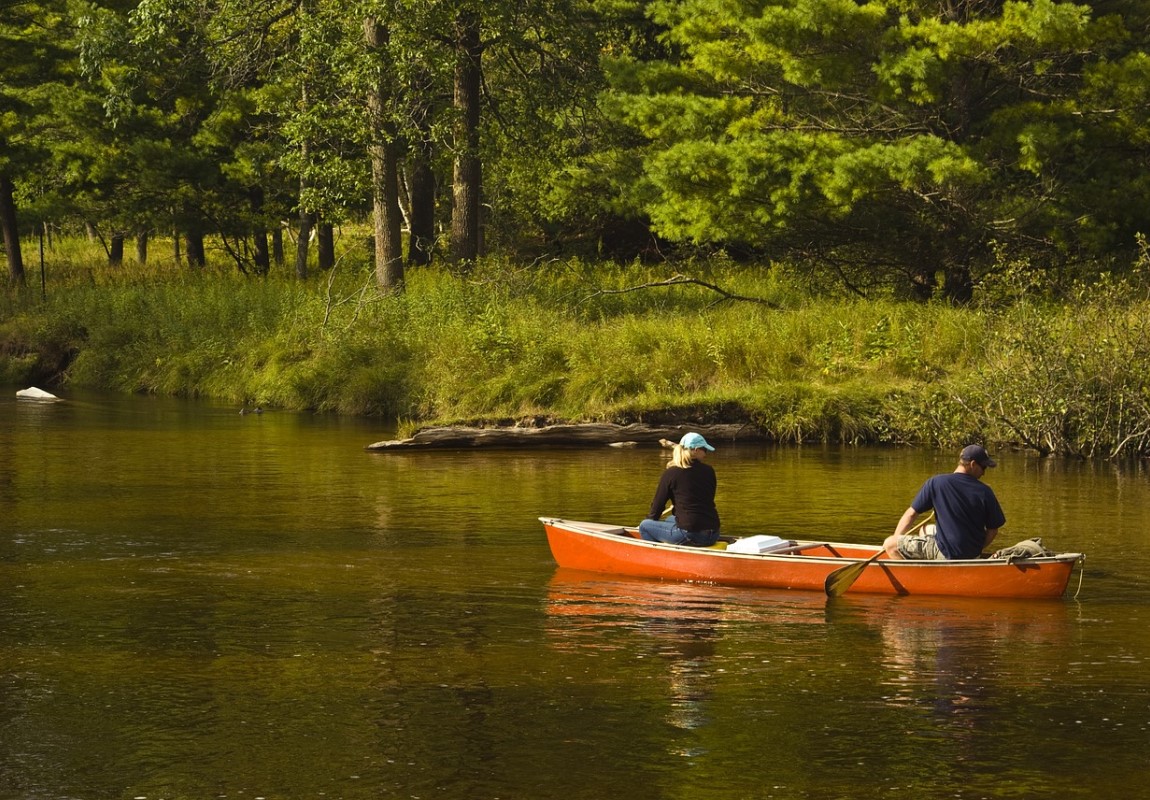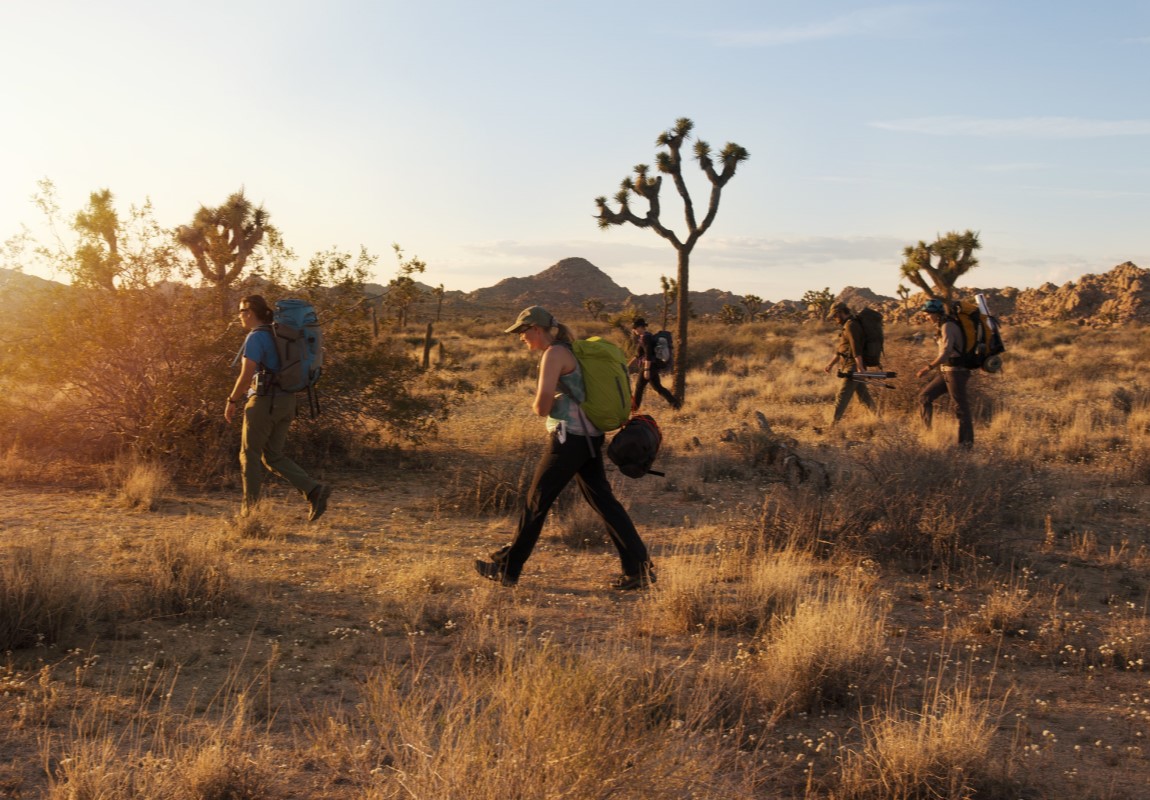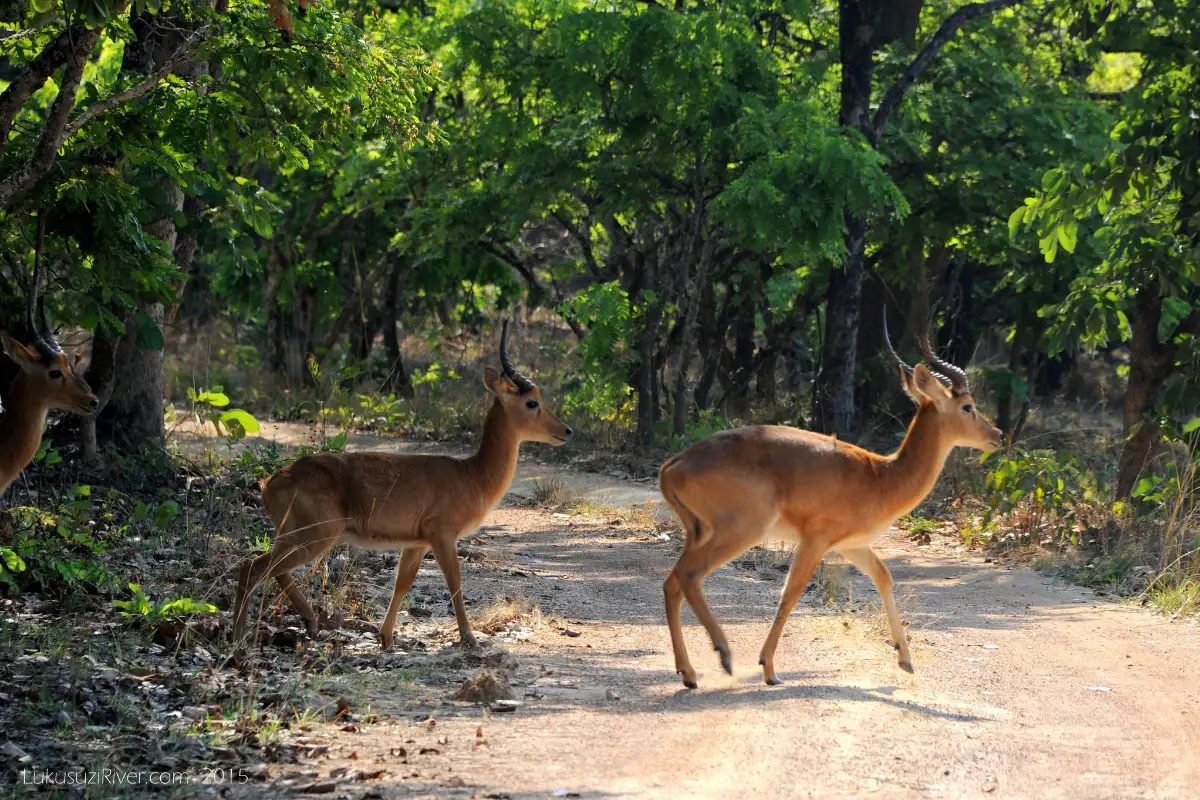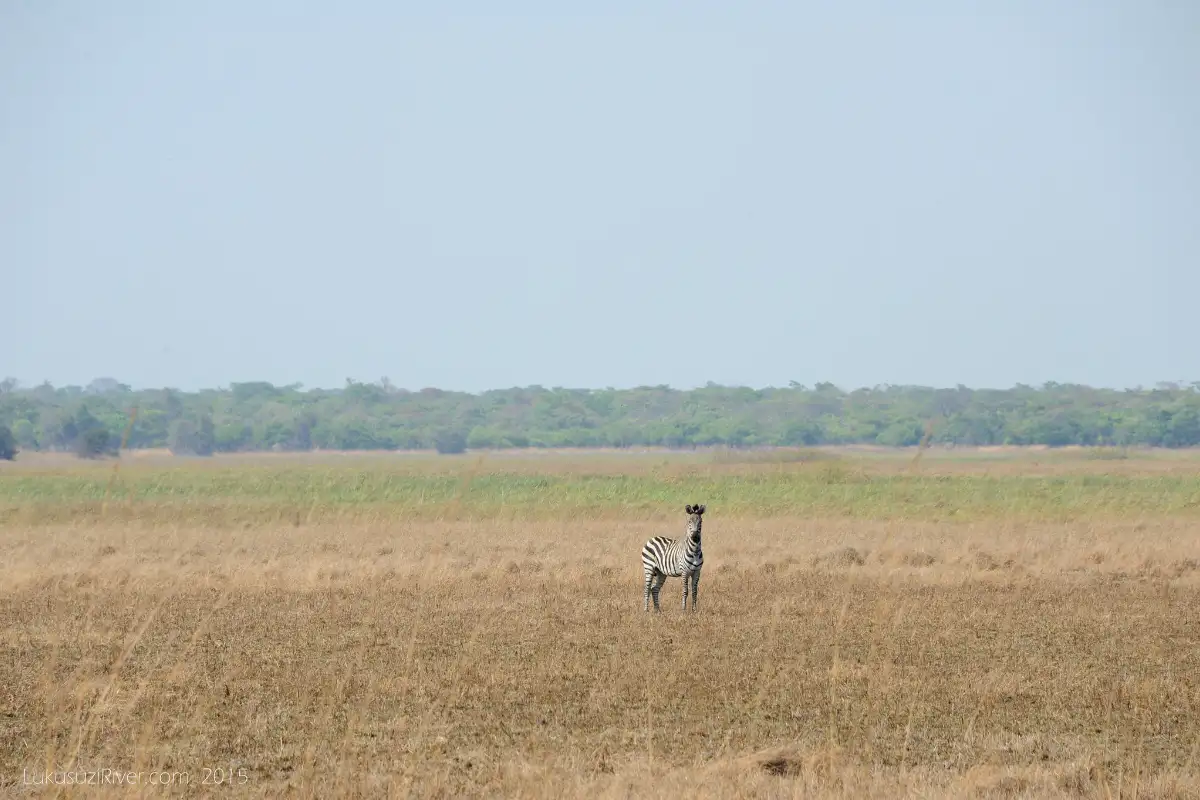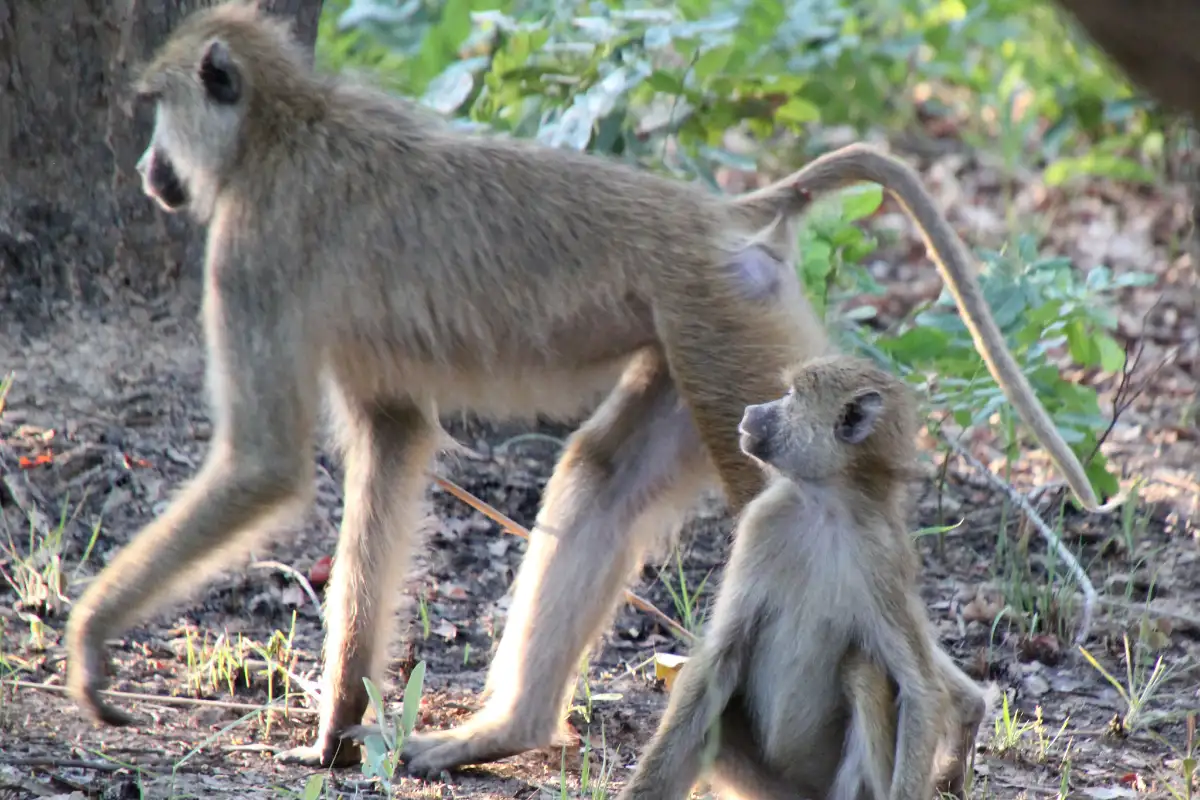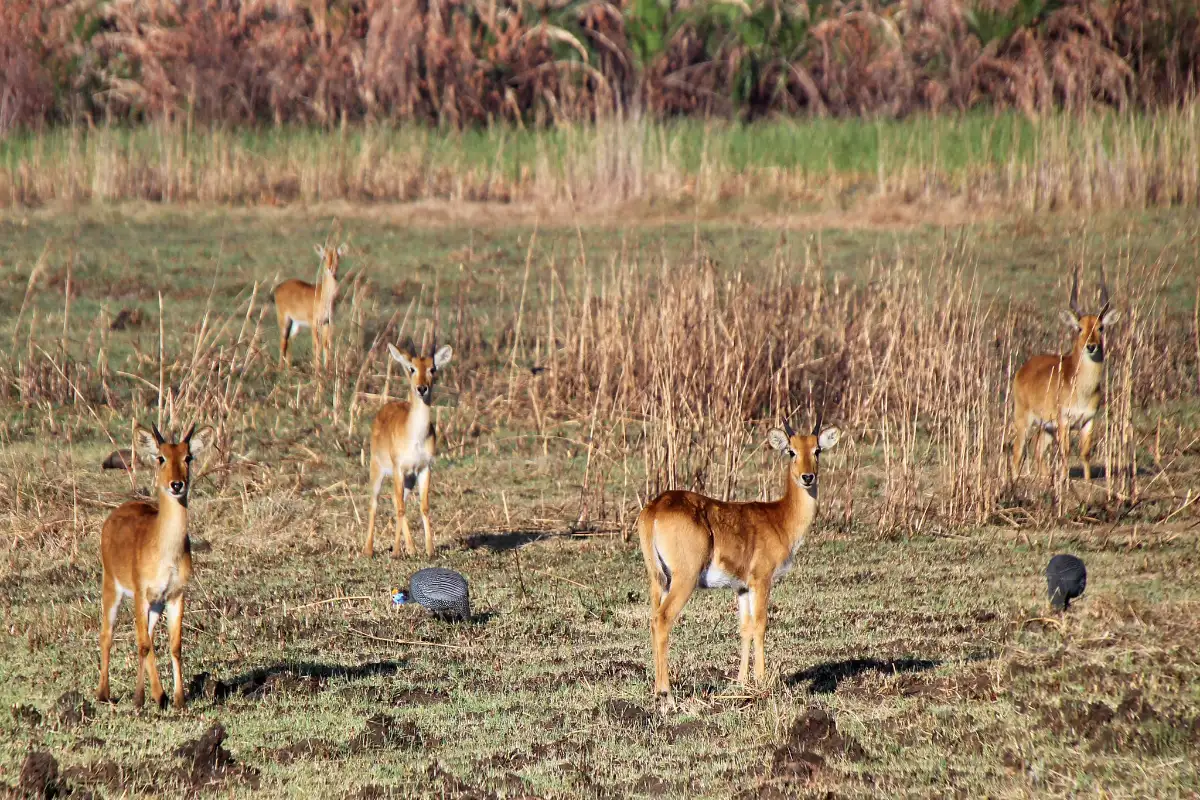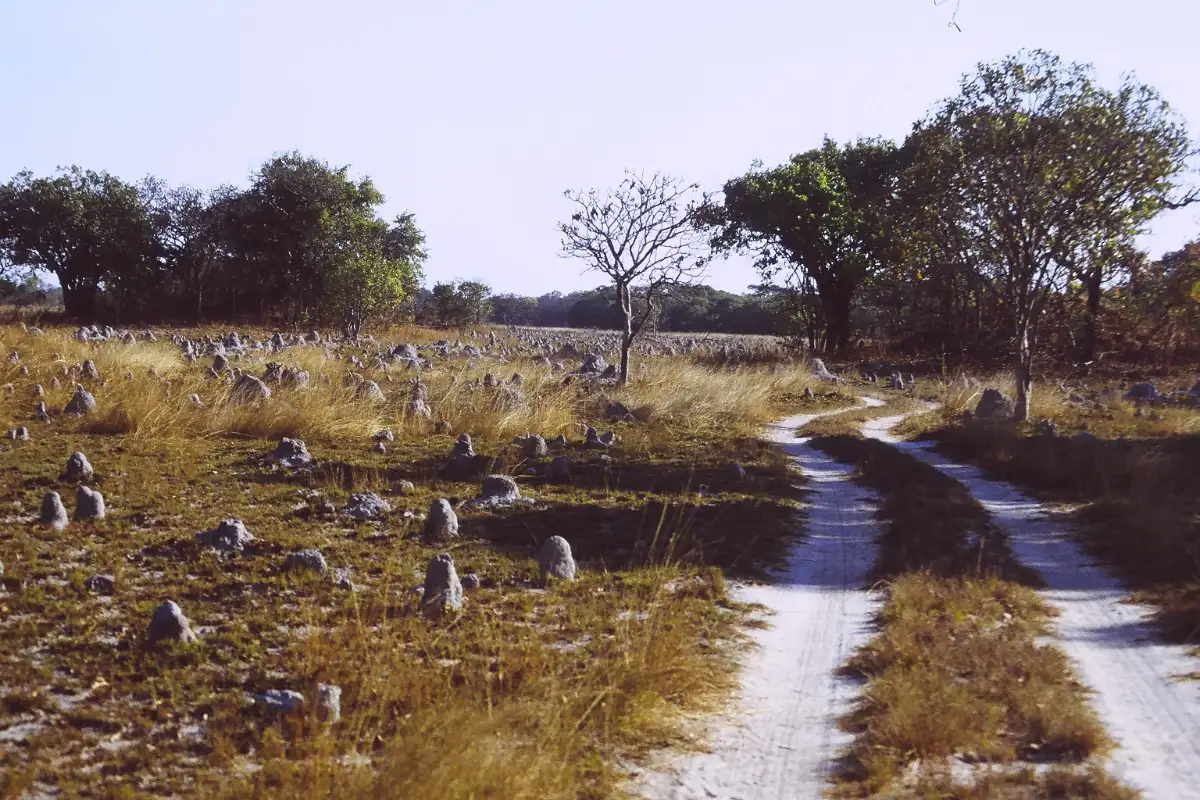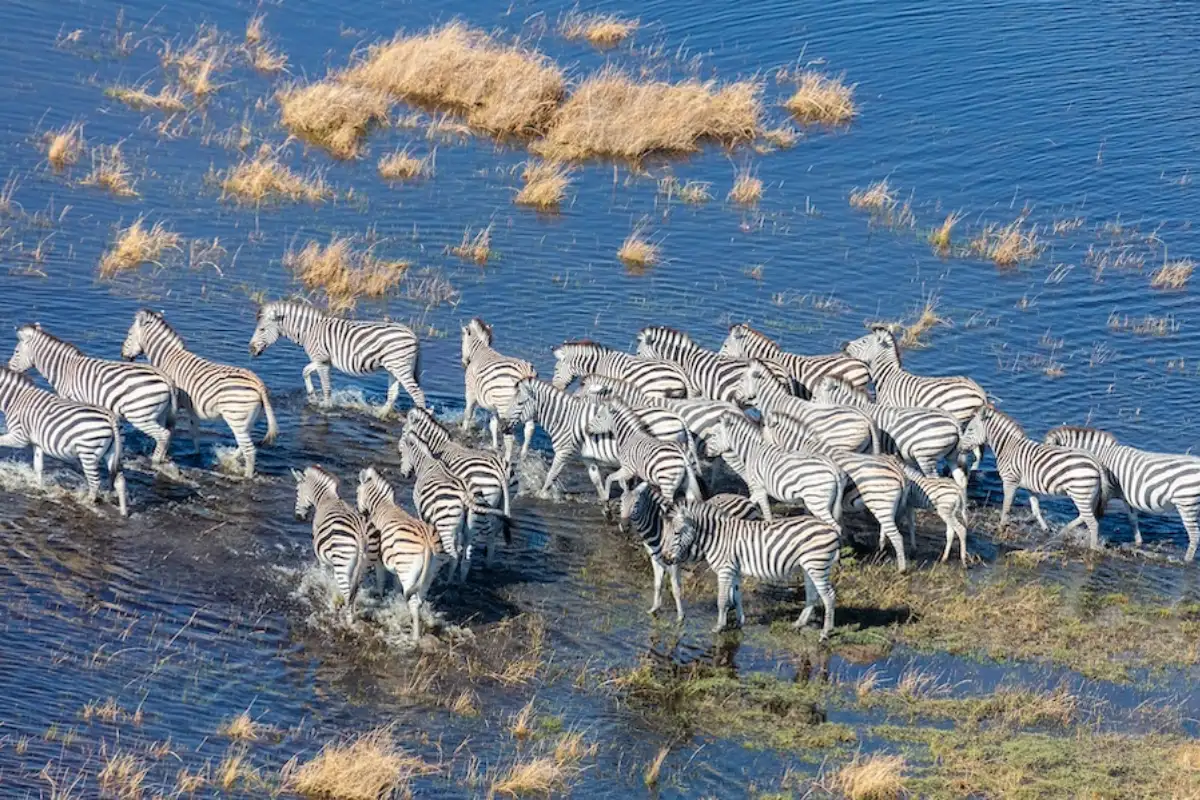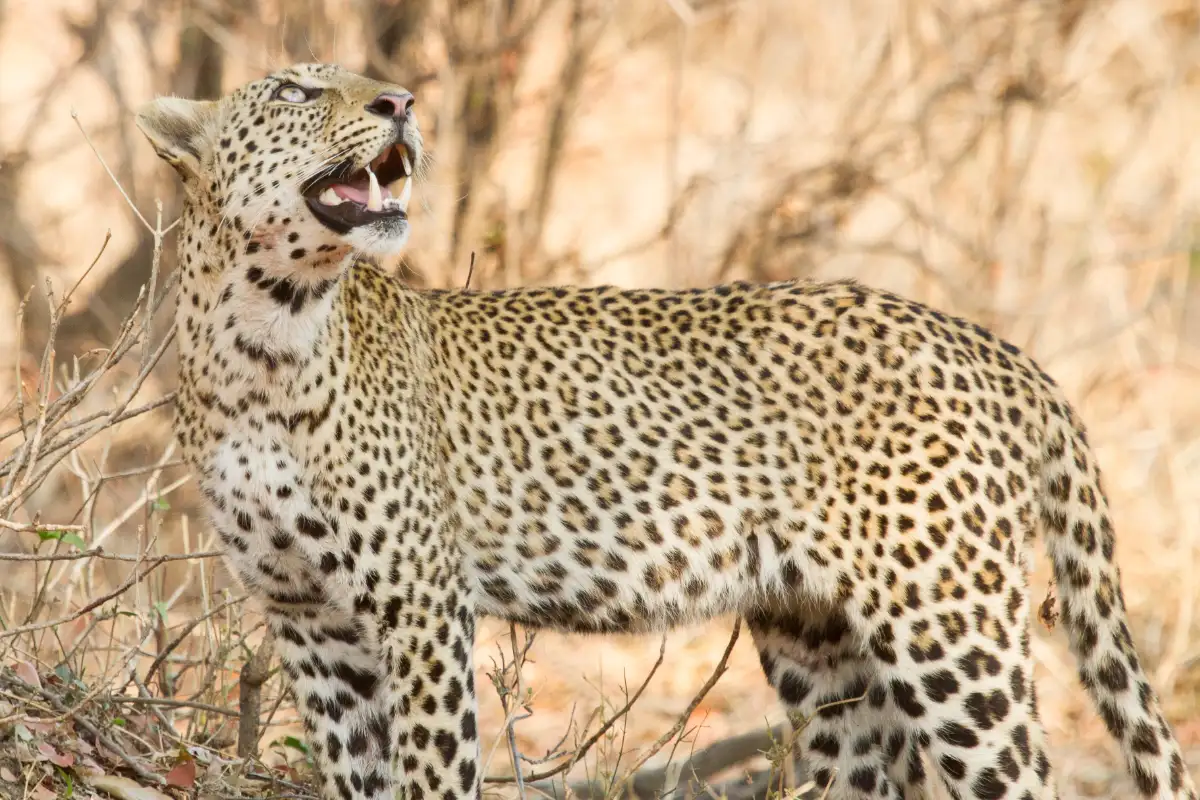Overview – Kasanka National Park
Kasanka National Park is the only privately managed park in Zambia. This peaceful sanctuary, situated on the southwestern edge of the Lake Bangweulu basin, is one of Zambia's smallest public parks. Its 450 km2 however is so exceptional with rivers, lakes, wetlands, forests, lagoons, meadows and dambos that it upholds a particularly wide scope of animals and bountiful birds and fish. The park is certainly not an exemplary wildlife destination, yet exceptionally compensates for people keen on birds.
-
Wildlife10 Animals
-
High SeasonNever Busy
-
Best Time to GoJuly to October
Pros & Cons
- The only privately managed park in Zambia
- Amazing place for Bird lovers with many Zambian Specials
- Limited area and very remote park
- Walking Safari, Game drives, Canoe and Motorboat trips are available
- Fishing in the Luwombwa River
- Limited wilderness appeal
- Very few accommodation options
- Getting to the park is expensive and quite difficult
- Fishing villages take away some of the wilderness appeals
Kasanka National Park Map in Africa
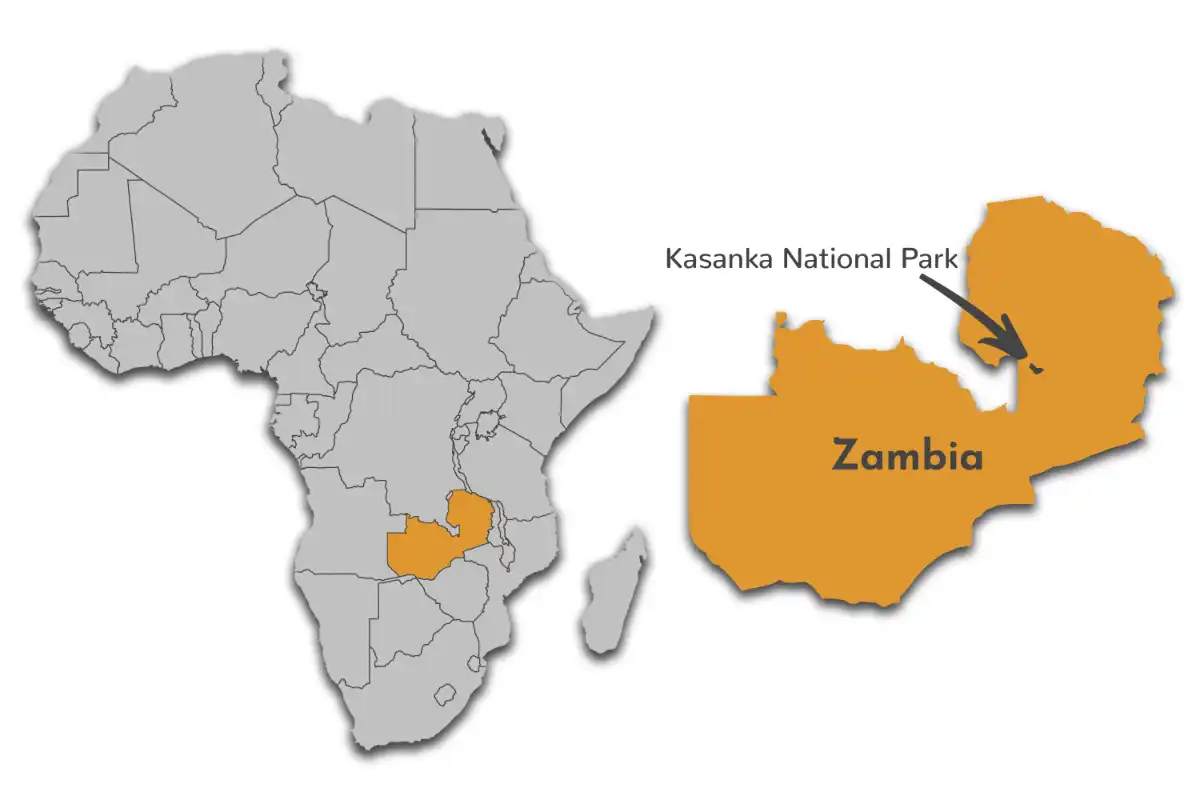
Kasanka National Park Safari Reviews
Want to Visit Kasanka National Park?
Wildlife & Animals – Kasanka National Park
The plain is the favourite haunt of the sable and also attracts large numbers of hartebeest, reedbuck and occasionally a few zebra and sable. Puku is the most plentiful antelope and grazes on the grassy floodplains and dambos throughout the Park. Common duiker, bushbuck, warthog, vervet monkey and Kinda baboon (related to the yellow baboon) are common throughout the park and hippos can frequently be encountered in Kasanka’s rivers and lakes, including in Lake Wasa, opposite the main lodge. There is also a small population of elephants, which are sometimes seen. Other flagship species such as buffalo, leopard and lion are present but rarely spotted.
Wildlife Highlights
The rare and elusive sitatunga aquatic antelope feeds in the swamps below in the early mornings or late afternoons. A startling sight from the hide in November and December is the evening flight of several million fruit bats leaving their roosts in search of food, darkening the sky for a few moments. This is one of the largest mammal concentrations in the world. At dusk, they fill the sky for a solid 20 minutes before they disperse to feed in the nearby miombo woodland. During the daytime, large crocodiles wander underneath the colony, scavenging dead bats.
Best Time for Wildlife Viewing
Kasanka National Park can be visited all year round. However, the best time for wildlife viewing is during the dry season from July to November when water is inadequate and animals gather to drink. At this time the vegetation is also thinner making sightings easier. November and December are the time to witness the roosting fruit bats.
Want to Visit Kasanka National Park?
Birds – Kasanka National Park
Kasanka is an incredible birding destination, with 400 species recorded so far. The Chisamba Wamponde pan attracts spur-winged goose and saddle-bill storks and waterbuck. Lake Ndolwa is a wonderful and secluded spot where the shy shoebill stork has been found in the papyrus reeds flanking the lake. Chikufwe Plain is especially compensating in the early hours of the morning during the dry season. This is a brilliant birdwatching site, particularly for raptors, for example, the black-breasted snake eagle. The excellent Ross's turaco and Böhm's bee-eater are two of the more prominent birds in that category. The enormous assortment of natural surroundings, including papyrus swamps, waterways and lakes add to an incredible birding environment that can be very well explored by vehicle, by walking or by boat.
Notable Birds in Kasanka National Park
Best Time for Bird Watching
Kasanka National Park offers a great birding experience throughout the year. However, the best time to visit is during the wet season from November to April. It is also the time when migratory birds are available and a lot of birds can be seen in breeding plumage.
Want to Visit Kasanka National Park?
Best Time to Visit – Kasanka National Park
The best time to visit Kasanka National park is during the dry season from July to October. During these months, water sources in the hedge have dried out through the absence of rainfall, and the animals will generally stay nearby the enduring water sources. To observe the yearly Kasanka bat migration, you want to visit around November-December.
-
Best Time
July to October
-
High Season
Never Busy
-
Low Season
Never Busy
-
Best Weather
April to August
-
Worst Weather
October to March
May to October (Dry Season)
- Better wildlife viewing opportunities in this season
- It is sunny, and there is little rain
- Fewer mosquitoes and less chance of catching malaria
- The sky is hazy with a lot of dust in the air
- The weather is extremely hot in October
- Warm clothes are recommended for the early morning & night chill weather
May to October (Wet Season)
- Birding is best as migratory birds are present
- Plenty of baby animals that attract predators
- The scenery is beautiful and at its most lush also known as 'Emerald Season'
- November and December is the time to see the roosting fruit bats
- Extreme Hot and Humid climate
- Roads become impassable and difficult to drive after heavy rainfalls

